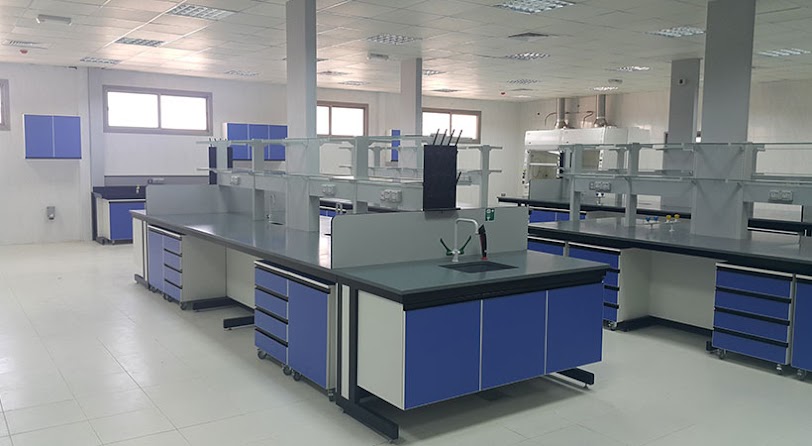When outfitting a laboratory, selecting the right furniture is crucial for creating a functional, safe, and efficient workspace. Here are ten essential factors to consider when purchasing laboratory furniture, with a focus on finding the best laboratory furniture manufacturer in the UAE.
1. Quality and Durability
Laboratories demand high-quality, durable furniture that can withstand rigorous daily use and exposure to chemicals and other harsh substances. Look for manufacturers in the UAE that provide robust materials such as stainless steel, epoxy resin, and phenolic resin.
2. Compliance with Standards
Ensure that the furniture meets international safety and quality standards such as ISO, ANSI, and SEFA. Compliance indicates that the furniture is built to handle the specific demands of a laboratory environment.
3. Customization Options
Every laboratory has unique needs. Opt for manufacturers who offer customization options, allowing you to tailor the furniture to your specific requirements. This includes adjustable shelves, modular units, and custom dimensions.
4. Ergonomics
Ergonomic design is crucial for the comfort and efficiency of laboratory staff. Consider furniture with adjustable heights, adequate legroom, and appropriate work surface heights to reduce strain and enhance productivity.
5. Chemical Resistance
Laboratory furniture should be resistant to chemicals, solvents, and acids. Check that the worktops and storage units are coated with materials that prevent corrosion and degradation from chemical exposure.
6. Storage Solutions
Efficient storage is vital in a laboratory setting. Look for furniture that offers ample and flexible storage options, such as drawers, cabinets, and shelves, to keep the workspace organized and clutter-free.
7. Mobility
Depending on the laboratory’s workflow, mobile furniture units can offer significant advantages. Consider tables and storage units with lockable wheels for easy relocation and reconfiguration of the workspace.
8. Ease of Maintenance
Laboratory furniture should be easy to clean and maintain. Smooth surfaces, rounded edges, and resistant coatings facilitate quick cleaning and reduce the risk of contamination.
9. Aesthetics
While functionality is paramount, aesthetics should not be overlooked. Well-designed and visually appealing furniture can enhance the overall work environment, contributing to a positive and motivating workspace.
10. Cost-Effectiveness
Budget considerations are essential when purchasing laboratory furniture. Evaluate the cost versus the benefits of the furniture, including longevity, maintenance costs, and the potential for future upgrades or expansions.
Finding the Right Laboratory Furniture Manufacturer in the UAE
When sourcing laboratory furniture in the UAE, it’s important to consider manufacturers who can meet these criteria effectively. Here are a few tips:
- Research and Reviews: Look for manufacturers with a strong reputation in the industry. Customer reviews and testimonials can provide insight into the quality and reliability of their products.
- Product Range: Choose a manufacturer that offers a comprehensive range of laboratory furniture to meet various needs and preferences.
- Support and Services: Opt for manufacturers that provide excellent customer support, including installation services, warranty options, and after-sales support.
- Local Expertise: Manufacturers with experience and knowledge of the UAE market can offer solutions tailored to the local regulations and environmental conditions.
Conclusion
Selecting the right laboratory furniture is a significant investment that impacts the efficiency, safety, and comfort of your laboratory. By considering these ten essential factors and choosing a reputable laboratory furniture manufacturer in the UAE, you can ensure a well-equipped and durable workspace that meets all your operational needs.
Reference Link(OriginallyPosted):https://ziebaq-technology.mystrikingly.com/blog/10-essential-factors-to-consider-when-buying-laboratory-furniture

Comments
Post a Comment